Fighting City
POLICE FOLLOWING MILITARY FOOTSTEPS
Despite many close shaves, the Cold War never heated beyond the point of no return – or I wouldn’t be writing these words and you wouldn’t be reading them. Not that you’d be able to read them anyway if I wasn’t able to write them, but you know what I mean.
But nobody knew at the time that the frozen conflict wouldn’t become a real one. In fact, most presumed it was just a matter of time before some idiot pressed a button and started mutual destruction. So preparations had to be made.
The British – for centuries a peaceful folk with no history of conquest, empires, colonization, plantations, savagery, ethnic cleansing or the imposition of their language on foreign shores – were perturbed to find themselves in this environment.
They had been handed responsibility for the western part of West Berlin (the Americans had the southwest, the French the northwest) and they knew they had a responsibility to defend it if push came to shove.
Unlike the Irish, for whom fighting comes naturally, the British just weren’t used to it. Sure the poor craters couldn’t fight their way out of a paper bag. What to do? Why, construct a “Fighting City” of course, so they could learn the art of settling arguments physically, with might and force – the only proper way to settle an argument.
After the war, British occupying forces assumed control of what had been an area in military use going back to 1854, when guns were tested there. The Royal Military Shooting School Spandau (Königliche Militär-Schießschule Spandau) opened in 1855.
The British initially used it for their own training purposes. Construction of the “Fighting City” began in 1969, when there were only 11 simple buildings constructed to resemble a village. Apparently kids used to come along up to the 1970s to watch British soldiers conduct their exercises.
It was expanded with more buildings, bigger buildings, a petrol station, supermarket, a bridge and even a U-Bahn carriage in the 1980s so they could better prepare for urban warfare. Floodlighting allowed them train at night and cameras were set up to record their progress.
The neighbors were driven nuts until they finally left in 1994.
“When the Englanders were there, they practiced and were banging around all over the place nearly every day,” Thea H told Berliner Zeitung. “Thank God that’s over. Now we have our peace.”
Perhaps Thea H spoke too soon. Once the British left they were replaced by the Polizei – another peaceful group for whom fighting is alien and who need all the practice they can get.
“The allies were hardly gone before the Polizei came. They’ve been flying over our area with helicopters since then. It’s nearly as bad as it was before,” said Felix B, another unfortunate German cursed with the distinction of having just a letter for a surname. If you were to read German media you’d think the country has only 26 surnames.
There were no helicopters circling overhead when I went there, just a snake who slithered off before I could ask for a name. Herr or Frau S, I assume.
There were police loitering around precisely where I wanted to go. Precisely where I wanted to go! I spotted a gap in the fence but there was a police van with a couple of police officers fluting about in front of one of the buildings.
Then I saw another police officer patrolling the place with a dog in tow, snarling. The dog didn’t look particularly friendly either.
I circled around, took whatever shitty photos I could through the fence, and waited for someone to feel uncomfortable enough to tell me to move on.
But nobody did – not even when I climbed a hill overlooking the complex and all the dogs went berserk. The Polizei were barking at the dogs to stop their barking. The dogs just barked back.
In the end I went over to the official entrance, via a crematorium where a particularly unsettling undertaker smiled at me in a particularly unsettling way, and asked the Polizist at the front gate if I could go in and take photos.
“No,” Herr P said. “You have to go to the Polizeisomethingorother and get a Fotogethingymajig to be able to take photos here.”
He told me where it was, near Alex, but there’s no way I’m going into the lions’ lair never to emerge again. These shitty photos will have to do.
Meanwhile the fighting continues at the Fighting City. This town is coming like a ghost town.There’s no end to the practicing that needs to be done and the Polizei like practicing more than most – the annual May Day festivities are just around the corner again.
LOCATION AND ACCESS (HOW TO FIND GUIDE)
- What: Fighting City, former British army combat training complex, now a Polizei complex. It wasn’t “abandoned” for long.
- Where: Ruhleben, 13597 Berlin, Germany.
- How to get there: Go through Fließwiese Ruhleben, the park beside it, find the bridge, go over that, up the hill until you find the fence. Fighting City is on the other side. Here it is on a map.
- Getting in: There was a gap in the fence but I’m not sure I’d advise anyone to use it. The place is crawling with Polizei.
- When to go: Probably never.
- Difficulty rating: 10/10. Getting in is a bit of a problem with all the police wandering around. I guess you could always ask at the Polizeisomethingorother building near Alex for a Fotogenehmigung but it’s just not the same. If it’s unverboten it’s not to be fun.
- Who to bring: A lawyer.
- What to bring: Bring some raw meat for the dogs if you really insist on going in.
- Dangers: Polizei. Polizei dogs. Polizei dogs’ dogs.
More British, U.S. or French military facilities
Kraftwerk Vogelsang
Kraftwerk Vogelsang is a powerless power plant. People gave their lives building it and fighting over it. Now that they’re gone, nobody wants it at all.
Wünsdorf
Wünsdorf was the Soviet military forces’ HQ in Germany, Little Moscow, the Forbidden City. The Nazis used it before that for their underground army HQ.
Teufelsberg Tale
Lew McDaniel of West Virginia worked as a linguist at Teufelsberg, Field Station Berlin, from 1968-71. He tells Abandoned Berlin of life at the spy station.
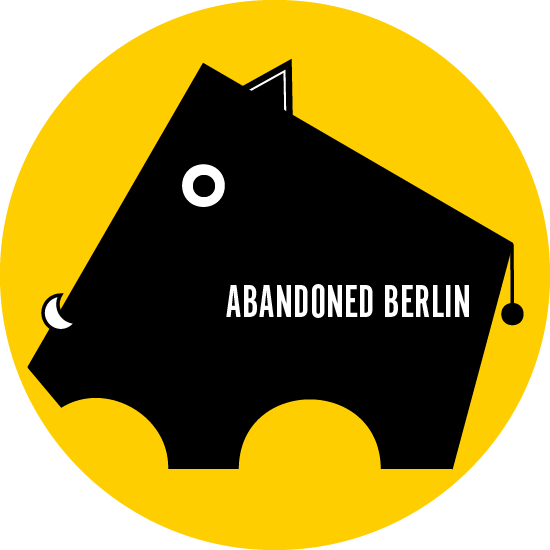

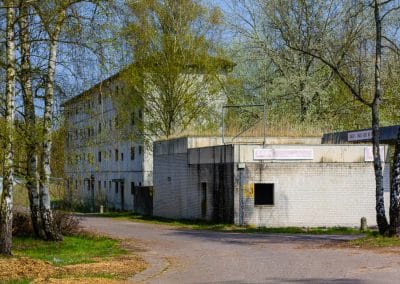
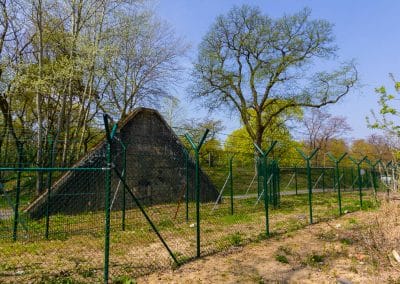

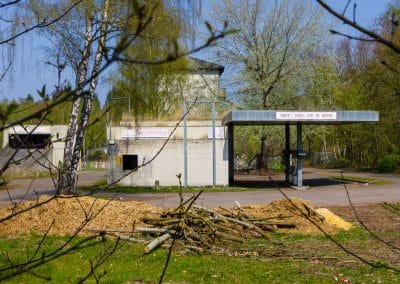
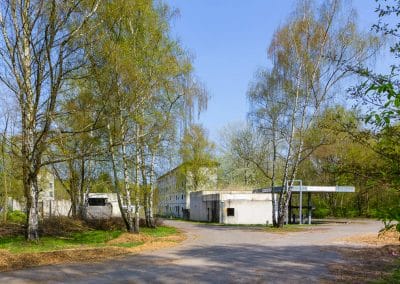

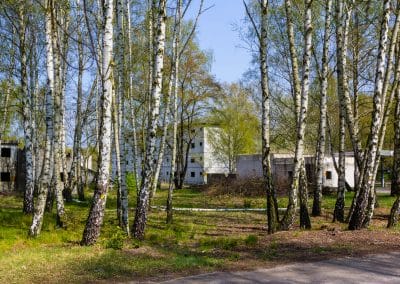
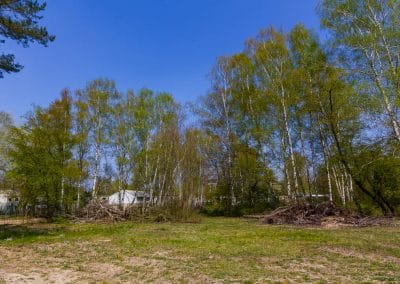


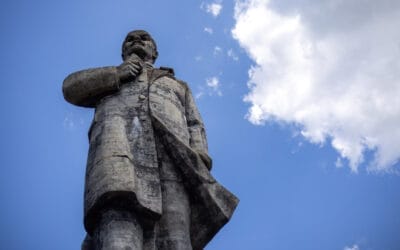
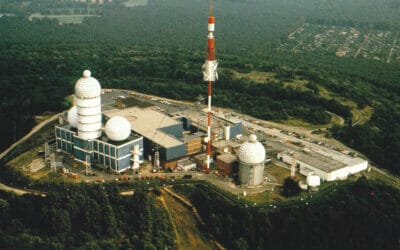
nice read, thank you!
Nicely wrote, spent many an happy hour(s), days, week in this fine part of Berlin, before, during & after the wall come down & as you say making loads of noise and big bangs to annoy the locals who where unfortunate enough to purchase a property within earshot of an active(very on a lot of occasions) military training area, good times in a top city. 👍